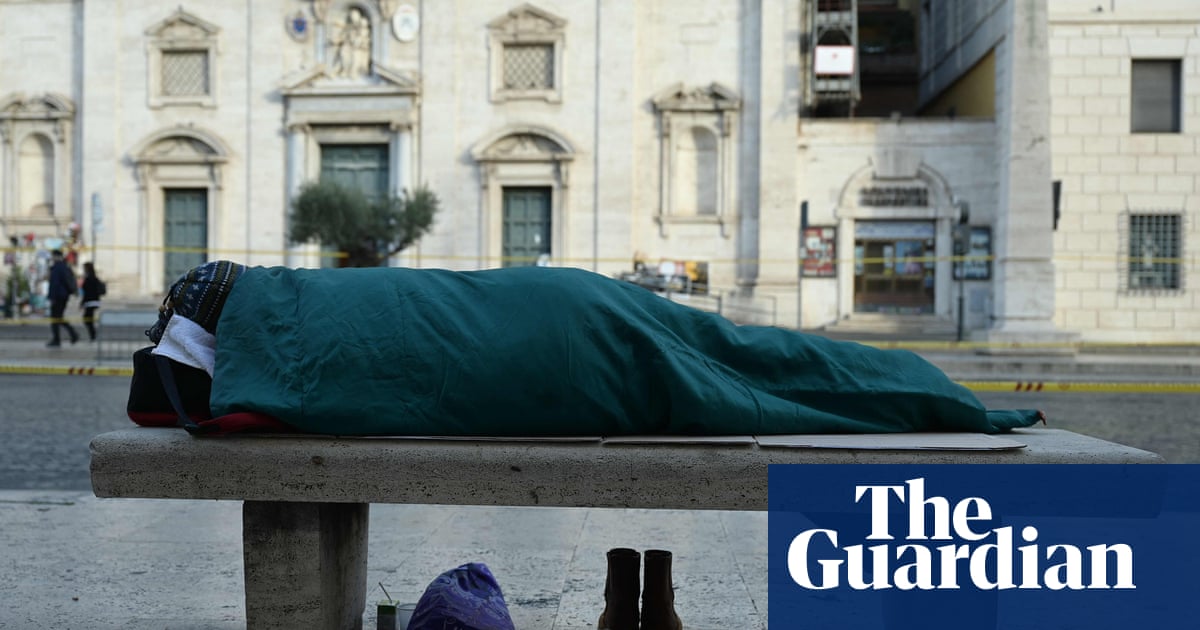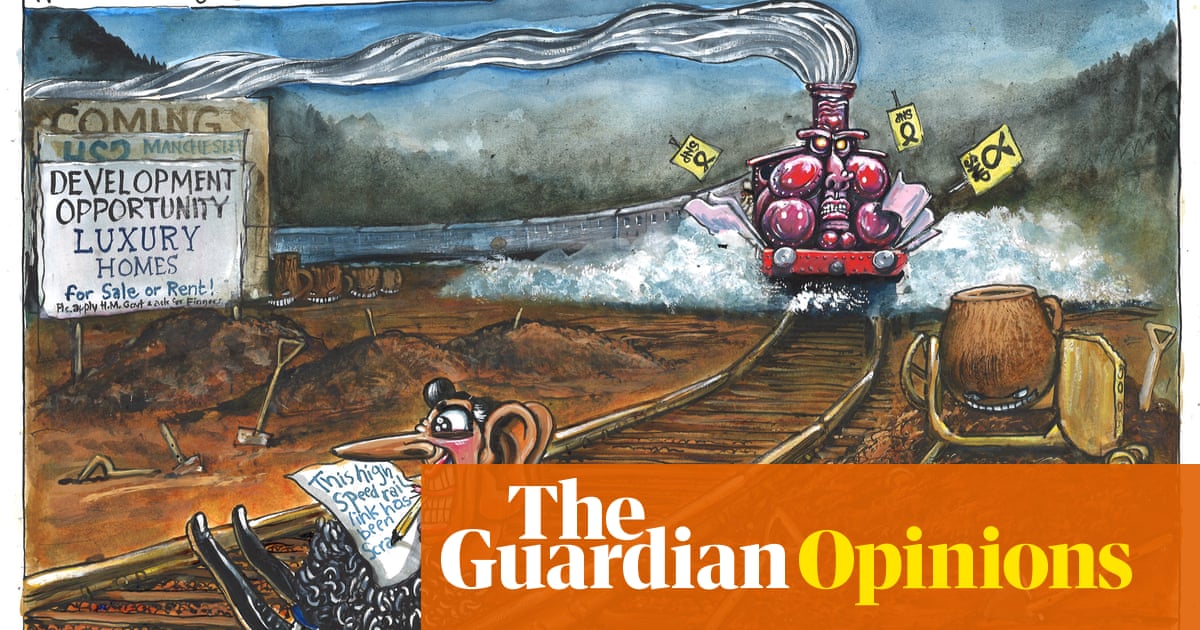
First, the good news. More white Americans want to live in heavily black neighborhoods. A 2016 paper by the National University of Singapore’s Kwan Ok Lee found that since 1990, neighborhood segregation by race declined. Even better, mixed white-black neighborhoods have tended to stay mixed, instead of resulting in white flight or displacement of black residents. This trend isn’t true in every area of the country, but it’s quite a change from the mid-20th century, when whites fled mixed neighborhoods en masse to more segregated suburbs.
Now for the not-so-good news. A recent investigation by the New York Times confirmed the trend of white people moving into black neighborhoods. But it also found a disturbing pattern. When a neighborhood is diversified by an influx of nonwhite people, the newcomers’ incomes tend to be about average for that neighborhood. But when white people move into a mostly nonwhite neighborhood, their incomes tend to be much higher than the local average.
Although gentrification tends to improve neighborhood amenities, it can also cause difficulties for long-time residents of poor minority communities. Gentrifiers may be more likely to call the police on their neighbors. New retail outlets can change the character of a neighborhood. And most importantly, housing prices tend to rise, putting pressure on those of modest income. The biggest worry related to gentrification is that it will result in displacement.
For some low-income residents in the country’s so-called superstar cities, this is the reality. A study by the nonprofit National Community Reinvestment Coalition found that from 2000 through 2013, displacement of long-time residents was heavily concentrated in big cities with strong economies. A 2013 study by Daniel Hartley of the Federal Reserve Bank of Cleveland supports this story.
Although gentrification displaces a few low-income minority Americans, this isn’t a widespread phenomenon, and it isn’t leading to re-segregation — if anything, it appears to be modestly reversing the effects of white flight. Of course, rising housing costs are still a burden for those who aren’t displaced, which is part of a more general crisis of affordability in the country’s more desirable cities. And higher rents deter poor minority Americans from moving to economically healthy neighborhoods. The government should be doing all it can to bring down housing costs.
But the phenomenon of gentrification tends to distract urbanists, reporters and policy makers from the bigger problem afflicting American cities — concentrated poverty. Even as a few superstar cities see influxes of well-to-do residents, many more are languishing in neglect and decay.
A 2019 study by the University of Minnesota Law School’s Institute on Metropolitan Opportunity found that for poor Americans, concentration of poverty and local decline were much more common outcomes than gentrification. Since 2000, the study reports, 36.5 million Americans have experienced both local economic decline and an increase in the number of poor people living nearby. It found that the low-income population of economically declining regions has grown by more than 5 million in that time.
Policy makers should try to manage and alleviate the strains of gentrification, while continuing to vigorously attack concentrated poverty. Policies to encourage investment in poor minority neighborhoods should be maintained and expanded. Just because a problem is old doesn’t mean it can be safely forgotten.
Bloomberg View












